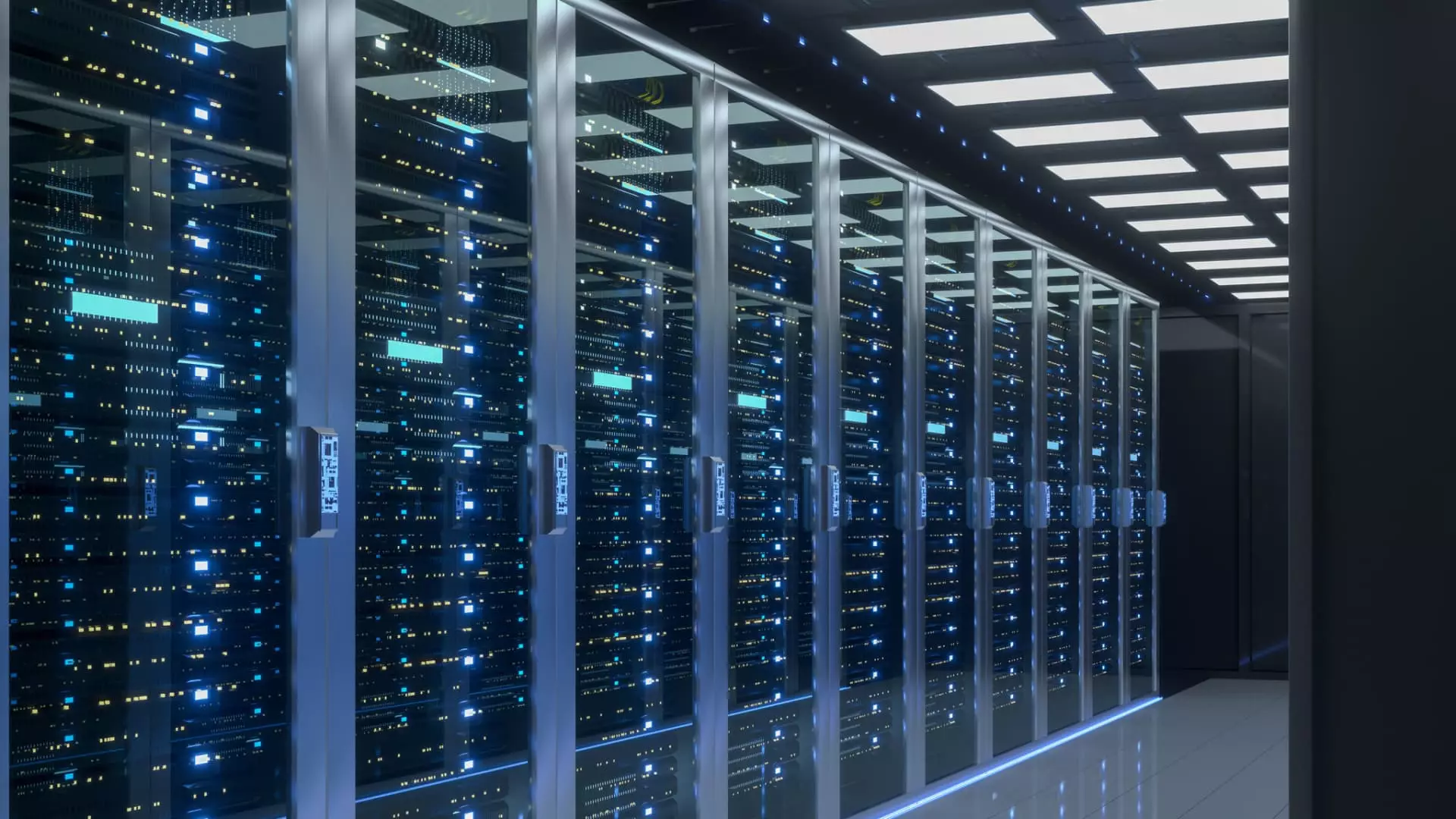The rapid advancement of artificial intelligence (AI) is transforming multiple industries, but one often overlooked aspect of this evolution is the substantial energy demand that comes with it. As AI technologies, which include machine learning and deep learning, require massive computational resources, the resulting electricity consumption from these processes has emerged as a significant concern. This article explores the energy landscape surrounding AI and highlights key investment opportunities within the power generation sector.
AI’s soaring popularity primarily stems from its ability to process vast amounts of data quickly and efficiently. Data centers, the fundamental infrastructure supporting AI applications, have become behemoths of energy consumption, significantly driving up electricity requirements. As organizations across sectors ramp up their AI initiatives, the number of data centers and the energy they utilize are expected to skyrocket. This surge in demand presents a compelling rationale for investors to consider power generation not merely as a utility but as an integral component of the AI ecosystem.
Within this context, exploring diverse energy sources is critical. Traditional power generation methods, such as fossil fuels, are increasingly scrutinized due to environmental concerns. Hence, the spotlight is shifting toward cleaner alternatives, among which nuclear energy is gaining traction. The recent agreement between Microsoft and the operators of the mothballed Three Mile Island nuclear plant illustrates this growing interest. Such partnerships underline the potential of nuclear power to satisfy the electricity cravings of the burgeoning AI industry.
One of the most exciting developments in the nuclear sector is the emergence of small modular reactors (SMRs). These innovative facilities present several advantages, including reduced construction costs, enhanced safety features, and greater adaptability to varying energy demands. As AI technologies evolve, the need for flexible energy solutions becomes ever more critical, making SMRs an attractive option.
NuScale Power, a subsidiary of Fluor Corporation, is at the forefront of this trend, working to advance SMR technology to meet contemporary energy challenges. Fluor, a well-established engineering, procurement, and construction (EPC) firm, plays a pivotal role by supporting NuScale’s ambitious goals. By investing in Fluor, stakeholders gain exposure to a diversified and stable enterprise involved at multiple levels of the energy sector.
Investors increasingly view EPC firms like Fluor as vital players in building the necessary infrastructure to support the expanding energy requirements spurred by AI. Fluor’s extensive history and broad capabilities span various industries, making it a formidable entity in the global marketplace. Its expertise in constructing and maintaining energy production facilities—including gas, coal, wind, solar, and nuclear power—positions it well for the future.
Fluor has been engaged in noteworthy projects globally, often collaborating with other leaders in the industry to harness specialized skills. As AI adoption continues, the demand for efficient and sustainable power generation methods will only grow, thereby creating even more opportunities for Fluor and similar companies.
With Fluor trading at a modest 16.3 times forward earnings estimates, the company appears undervalued compared to overall market metrics. For astute investors looking to capitalize on this opportunity, trading strategies involving options can offer a promising pathway. For example, selling short-term put options while buying longer-dated calls can provide a balanced approach to leveraging Fluor’s growth potential while managing risk.
It’s important to note that with company earnings expected to be reported soon, coupled with uncertainties around external factors, such as election volatility, holding longer-dated options has become an attractive strategy. This approach not only offsets potential price decay but also capitalizes on the underlying strength of the business.
As the demand for AI technologies accelerates, the corresponding surge in electricity needs presents a transformative opportunity in power generation. The intersection of AI and energy necessitates innovative solutions to sustain growth while addressing environmental concerns. Companies like Fluor Corporation, with their robust engineering capabilities and focus on nuclear energy and small modular reactors, are poised to play a central role in this evolving landscape.
Investors keen on capitalizing on the energy revolution must consider the far-reaching implications of AI on power generation. As this sector continues to develop, strategic investments and savvy trading approaches will be key to unlocking long-term value. The fusion of technology and energy may well define the next era of sustainable growth, and for those willing to navigate it, the rewards could be significant.

